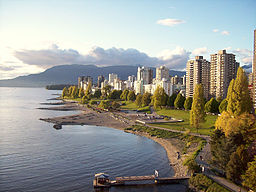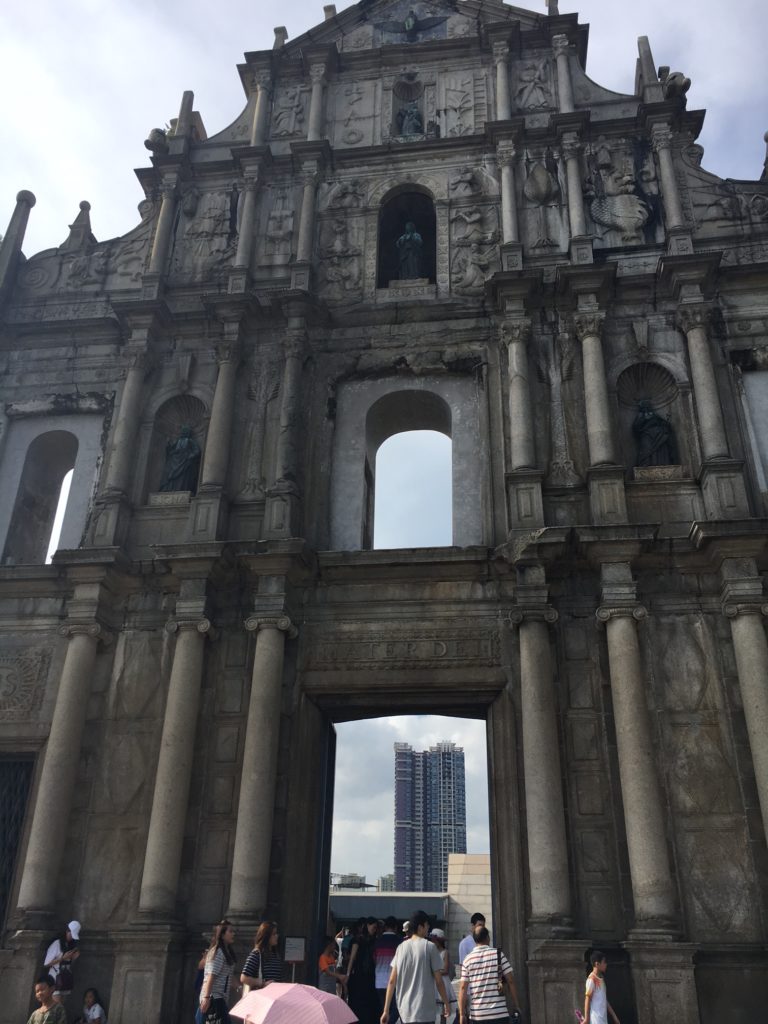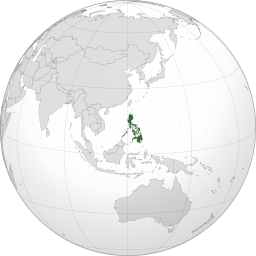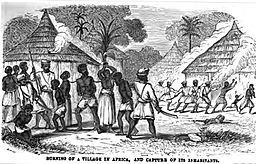Digital Nomads
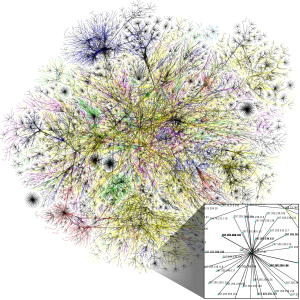
One thing that I have noticed teaching entirely online is that some of my students are digital nomads, which are sometimes also called digital wanderers. These are people who live their lives and careers in multiple countries, typically while self-employed. I believe that two different phenomenon served to drive this trend. First, the financial crisis of 2008 was followed by a boom that left out many younger workers, who faced student debts, jobs with poor wages and pensions, as well as rising real estate costs. At the same time, improvements in software and digital connectivity made it increasingly easy to work from outside the country. People realized that they could live well in Thailand, and make their living online doing everything from building websites to data entry in health care. As my department has created an online track, there are always a few of these students in my classes, and they bring an interesting perspective when they discuss global issues. These people build their entire lives outside of a particular place or nation.
It’s not always easy to be a Digital Nomad. One needs to deal with visas, health care, local regulations, taxes and broadband access. For that reason, one great resource is Nomad List, which is a website that allows people to search for the best city in the world for them to work. One can search cities using headings such as clean air, near a beach, nightlife, female safe, and fast internet. Of course when you do a search for cities and city icons come up, they always prominently display the typical broadband speed. Once you click on the city’s icon, a plethora of rankings appear. Right now, it looks like it’s hard to beat Budapest, Hungary and Chiang Mai, Thailand. But who knew that Richmond, Virginia would also score so high?
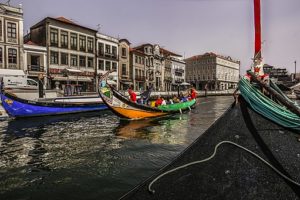
If you are intrigued by the idea the website Nomadic Notes might be helpful. The Remote Year site is getting attention for its idea of bringing people together in 12 difference cities for one year. Mike Elgin has an article titled The Digital Nomad’s Guide To Working From Anywhere On Earth, which has some practical tips. Lastly, travel blogger Aileen Adalid has a blog post titled The Ultimate Guide on how to become a digital nomad, which is well done. If nothing else, it might be fun to fantasize about life in Portugal or Cambodia for a while. Aveiro anyone?
Are you you interested in teaching about all things digital? Check out my syllabus for an online class on Digital Globalization.
Shawn Smallman, 2017

